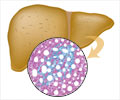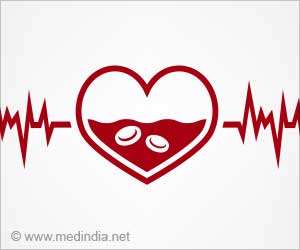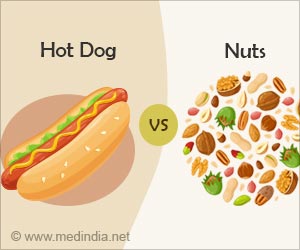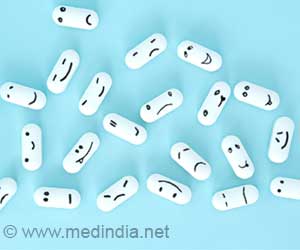Iron, which can then react with and damage cellular structures, in turn, can lead to organ damage and the deterioration associated with aging.
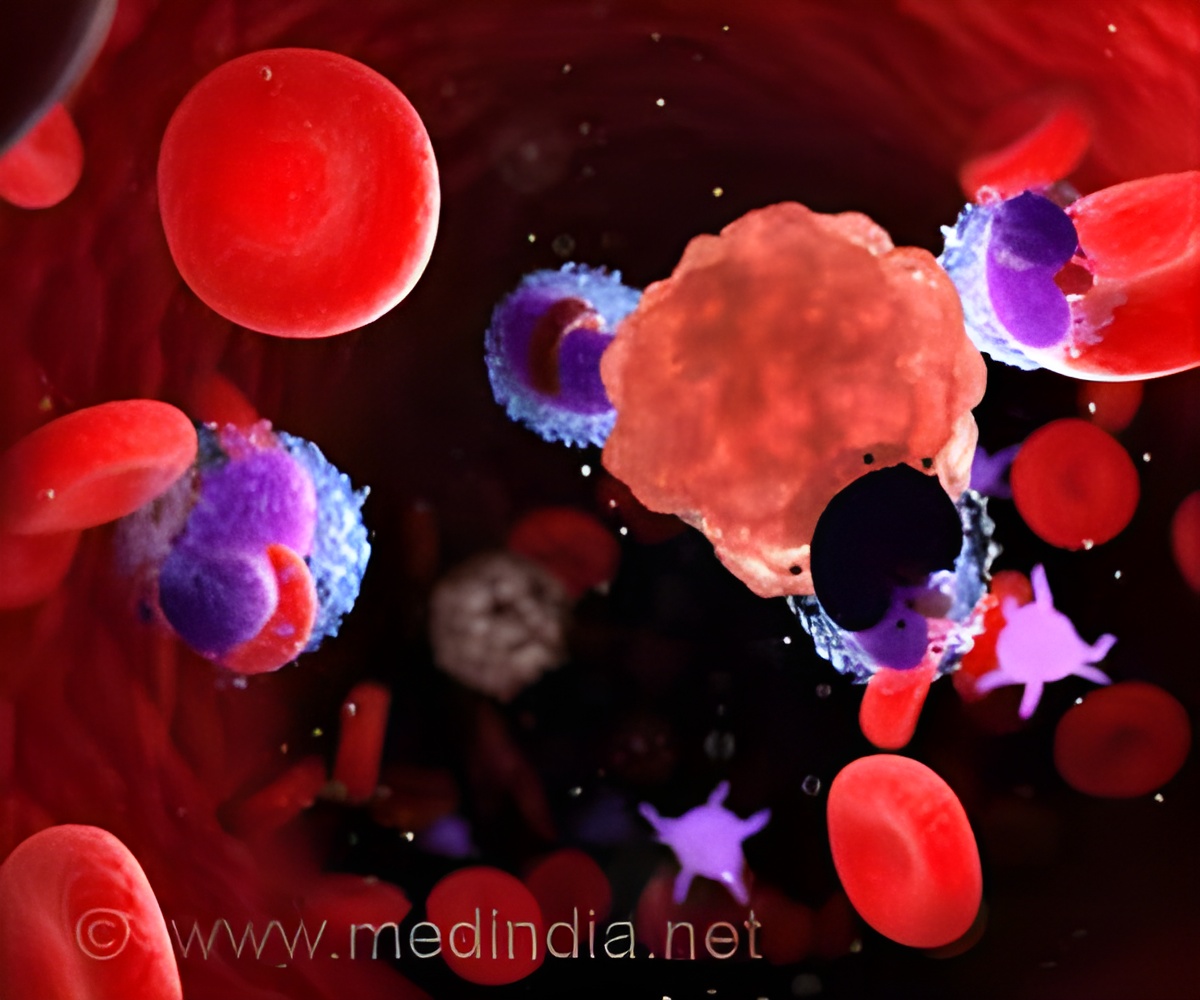
Iron is essential for organismal growth and maintenance has its ways to collect and store iron from their environments. This centrality of iron for all life suggests that iron may be involved in aging.
Most organisms, including humans, have no systematic means of ridding of excess iron on their own. This is a problem most organisms face in the use of iron in biological systems.
The property of iron which is useful, also gives the ability to damage molecules and organelles via the formation of the highly reactive and toxic free radicals.
In theory, storage proteins should be enough to protect organelles and molecules from iron’s reactivity, but in practice, another process becomes perhaps more important, and that is iron dysregulation.
Storage proteins themselves get damaged, leading to leakage of free iron, which can then react with and damage cellular structures, which in turn can lead to organ damage and the deterioration associated with aging.
Advertisement
Removal of iron from plasma may be refreshing, and people with lower levels of body iron such as blood donors have a lower mortality rate.
Advertisement
Source-Medindia

